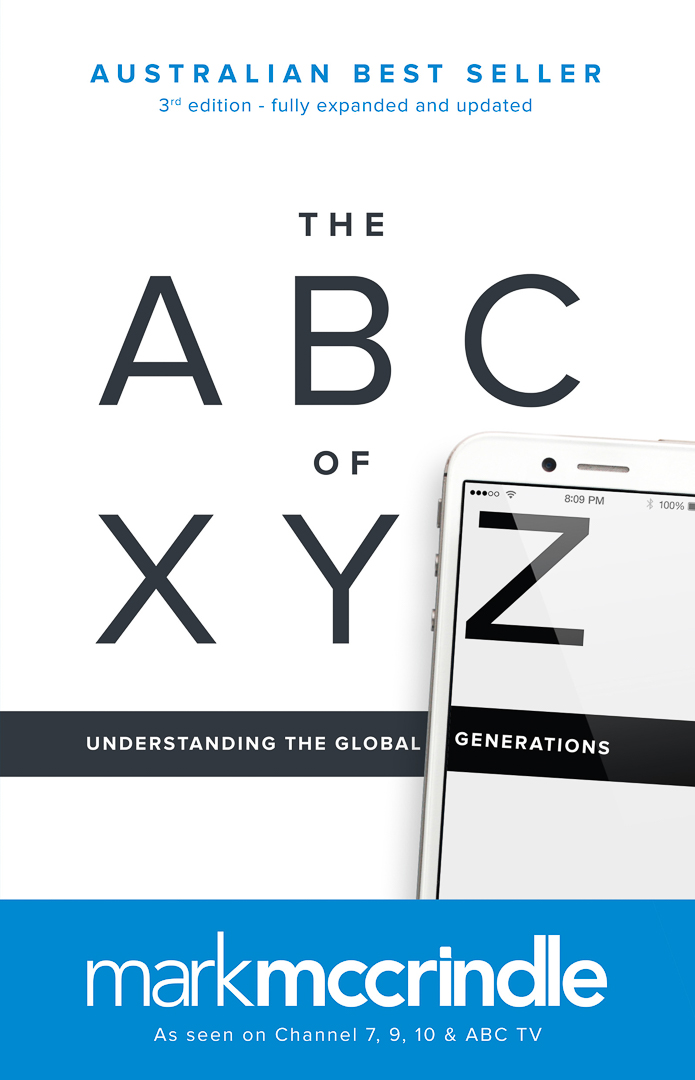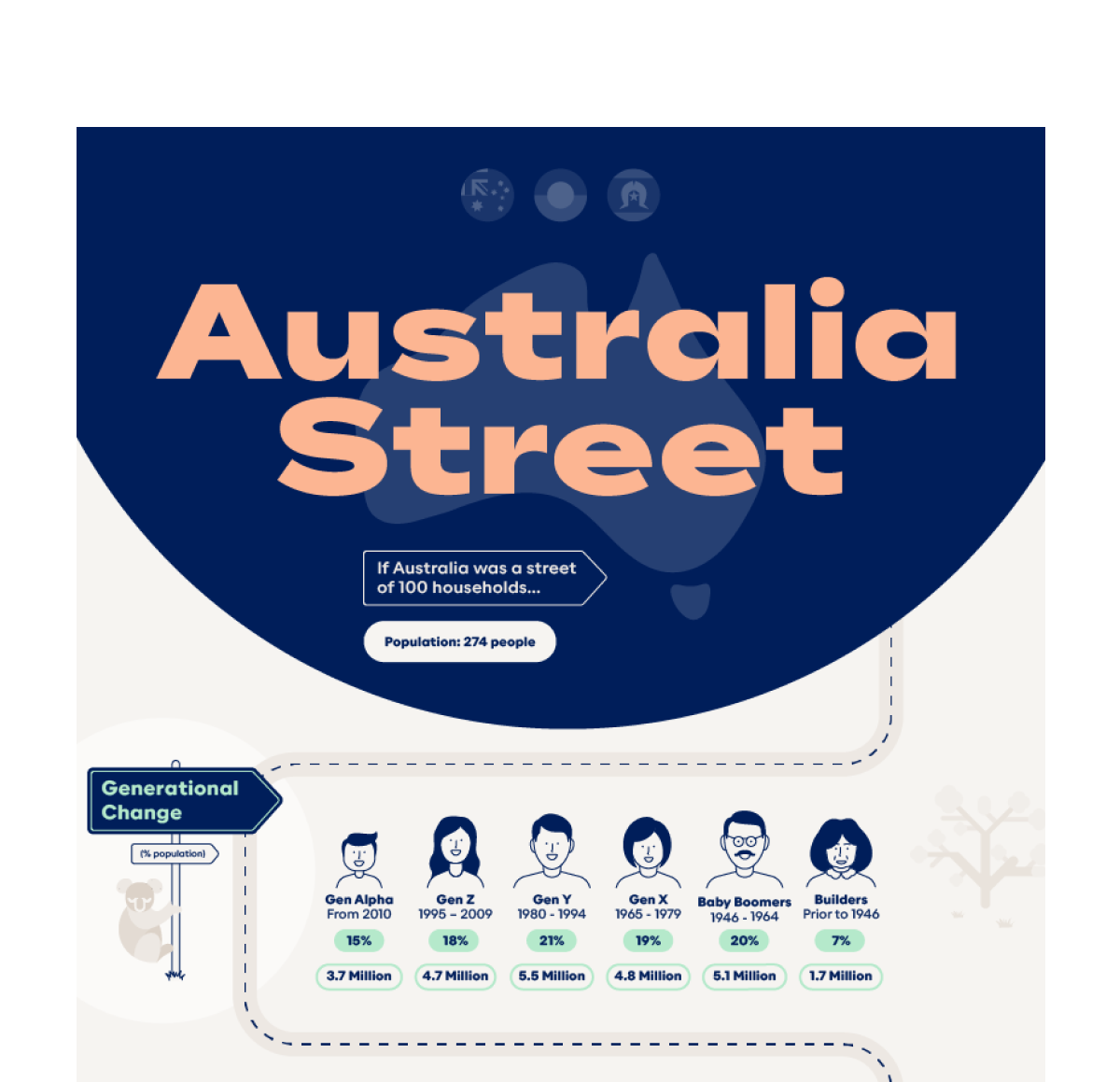Q and A: Couple and Nuclear Families


Are couples set to overtake nuclear families as the most common household in Australia, and if so, why?
For the first time in Australia’s history, the nuclear family (couple with children) will no longer be the most common household – while today they make up 33% of all households, within a few years the couple only household will be the most common type of household.
There are a number of factors influencing this transition, including Generation Y couples having children later, and Baby Boomer households becoming empty nesters in record numbers.
Today the median age of parents is three years older than in 1984. The median age of mothers and fathers at new births is now 30.7 and 33 respectively. The increasing of the median age at new births means that households are remaining couple only for longer.
Besides couple only households, other household types are becoming more prevalent. Multi-generational households are on the increase with Baby Boomers being sandwiched between taking care of their parents (the builders) and their children (Gen Y) who are either studying whilst living at home or choosing to stay or return home after moving out, to combat the increasing costs of living out of home.
In addition to multi-generational homes, single person households are also on the increase and such is the impact of the ageing population that by 2036, solo person households will also be more numerous than nuclear families.
Additionally, the century-long trend of declining household size is set to continue. In 1911 there was 3.5 people per household while today there is an average of 2.6 people per household. However within a decade this will have dropped again to an average of 2.5 people. So Australian households and the generations that comprise them are very different today to those of the 20th Century.
FOR MORE INFORMATION:
More on changing household structures can be found in Mark McCrindle’s book The ABC of XYZ: Understanding The Global Generations.





